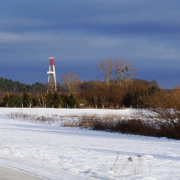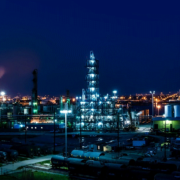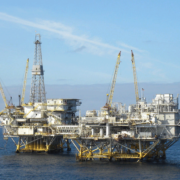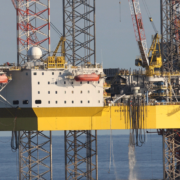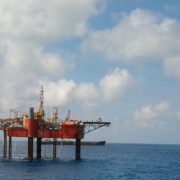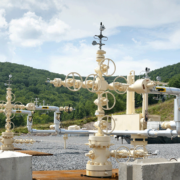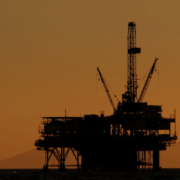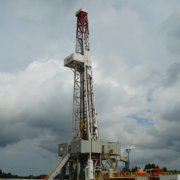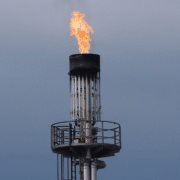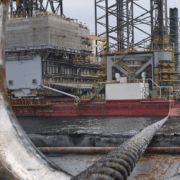“The decade of geothermal” is a phrase that is becoming increasingly common in media and energy industry gatherings. This is as the international zero-emission comes into place. It includes one of the most fascinating and clean ways of extracting energy from the earth. It is through geothermal power. Let’s talk more about abandoned oil wells now.
Geothermal companies need to drill—and they need to drill deep. This is to reach the heat that the mantle of the Earth radiates into the core. In fact, one of the biggest challenges for this emerging industry is drilling deep enough to get to the really high temperatures: drilling so deep is risky and costly.
Yet geothermal can do pretty well even at smaller depths. According to a recent analysis by Rystad Energy, to generate electricity from the vaporized water heated up in geothermal wells, a power generation facility needs temperatures of 240 to 300 degrees Celsius. The analysis adds that as much as 70 percent of geothermal output right now is useable for electricity generation.
Indeed, with the urge to electrify everything—whether this is wise or not—it’s all about electricity and, more specifically, emission-free electricity. Geothermal is perfect for this: while the drilling of a geothermal well does involve equipment that uses fossil fuels, from a lifetime perspective, geothermal is fully comparable with wind and solar, which are also not entirely emission-free given the materials they need to operate.
Click here to read the full article.
Source: Oil Price
If you have further questions about abandoned oil wells, feel free to reach out to us here.

